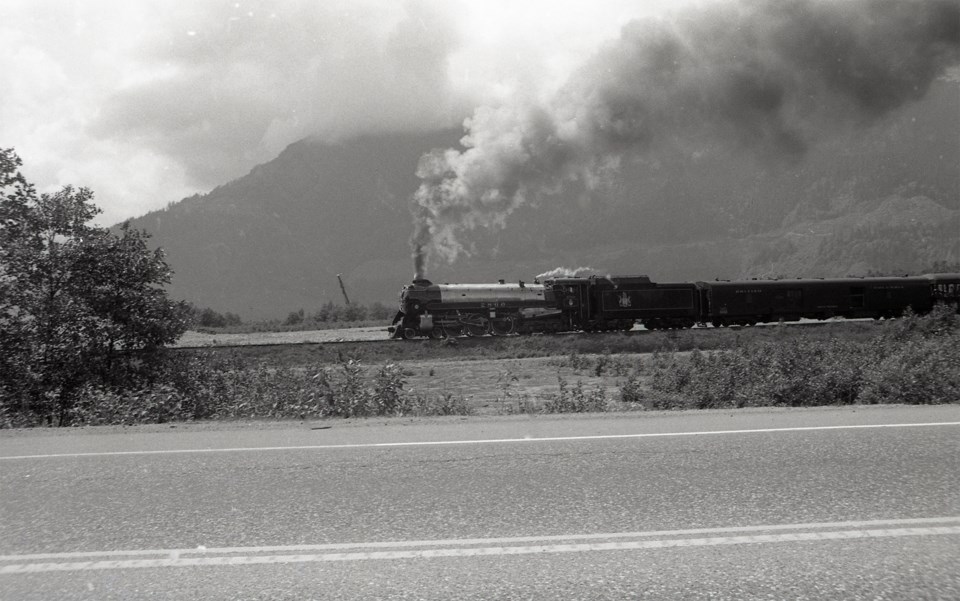When we hear stories of people coming to the Whistler area and staying past a season it is not often we hear of someone who first lived in the Whistler Valley not because of the snow or the natural beauty, but because of the affordable housing.
In the early 1970s, when summers in the area were quiet and many people left town, Bert Melsness was working in heavy construction in the Squamish area. The company he worked for was obligated to pay for accommodation for employees from outside of the area, either by paying for a hotel or by providing an allowance. Bert and another employee decided to use the allowance to rent a place together. They discovered it would be cheaper for them to rent a house on Matterhorn Drive (in Alpine Meadows) for the summer than it would be to rent a house in Squamish.
Apart from the Toni Sailer Summer Ski Camp on Whistler Mountain, it was a quiet time in the area. Bert recalled there were a few houses being built, but a lot of the activity was forestry related and concentrated around two logging camps, one in Function Junction and another at Mons.
A few years later, Bert moved to Whistler permanently and took a job with Garibaldi Lifts Ltd. fixing and maintaining the lift company’s grooming equipment. Bert got his start as a “basic grease monkey” working on the delivery fleet for Woodward’s in Vancouver, learning as he worked. According to him, the truck shop’s foreman was an “ex-airforce type” who ensured all scheduled maintenance was done correctly and as required, with no cutting of corners. He spent six years working on the groomers before switching to lift maintenance for a year. He was also part of the group from Whistler Mountain in 1980 that, along with a group from Blackcomb Mountain, provided some of the labour to install Whistler’s first northside lifts and Blackcomb’s first lifts. As well as working for the lift company, Bert worked for the contractors working on the Whistler Golf Course, the crews building the roads in Bayshores, Sabre and more.
Like many Whistler residents, Bert moved around a bit before ending up in a cabin right at the south end of Alta Lake. At the time, BC Rail owned much of the land along Alta Lake Road and the railroad tracks and properties were leased from the rail company. According to Bert, the cabin he lived in was built by Norman Fairhurst, who held the lease from BC Rail. Bert rented the cabin from Norman until his death, when Bert acquired the lease from BC Rail. Living on the lake afforded Bert easy fishing access and a friendly relationship with the “railroad guys,” especially as he was just down the track from the Stationhouse. He became very familiar with the rail schedule, remembering six heavy trains running each day along with passenger service on Budd cars. When Disney was filming a Depression-era movie in the area, they used an old locomotive they would park not far from his cabin. One day, he heard the sounds of a steam engine and went outside to discover the Royal Hudson switching cars on the nearby siding. In conversation with the engineer, he was told driving the Royal Hudson from North Vancouver to Squamish at about 35 m.p.h. was “like putting a taxi cab sign on a Ferrari.” The locomotive, designed to cruise at a much higher speed, could not get up to its full potential on the winding track.
By the early 2000s, BC Rail was looking to develop some of the land it owned in the Whistler area and in exchange had transferred ownership of its property on the lakeside of the tracks to the Resort Municipality of Whistler (RMOW), including leases such as Bert’s. His lease was ended and he was offered first pick at one of the RMOW’s new developments. Looking back, Bert said living on the lake did have one major drawback: if he hadn’t had that deal on the cabin he might have gotten into the real estate market much earlier.




